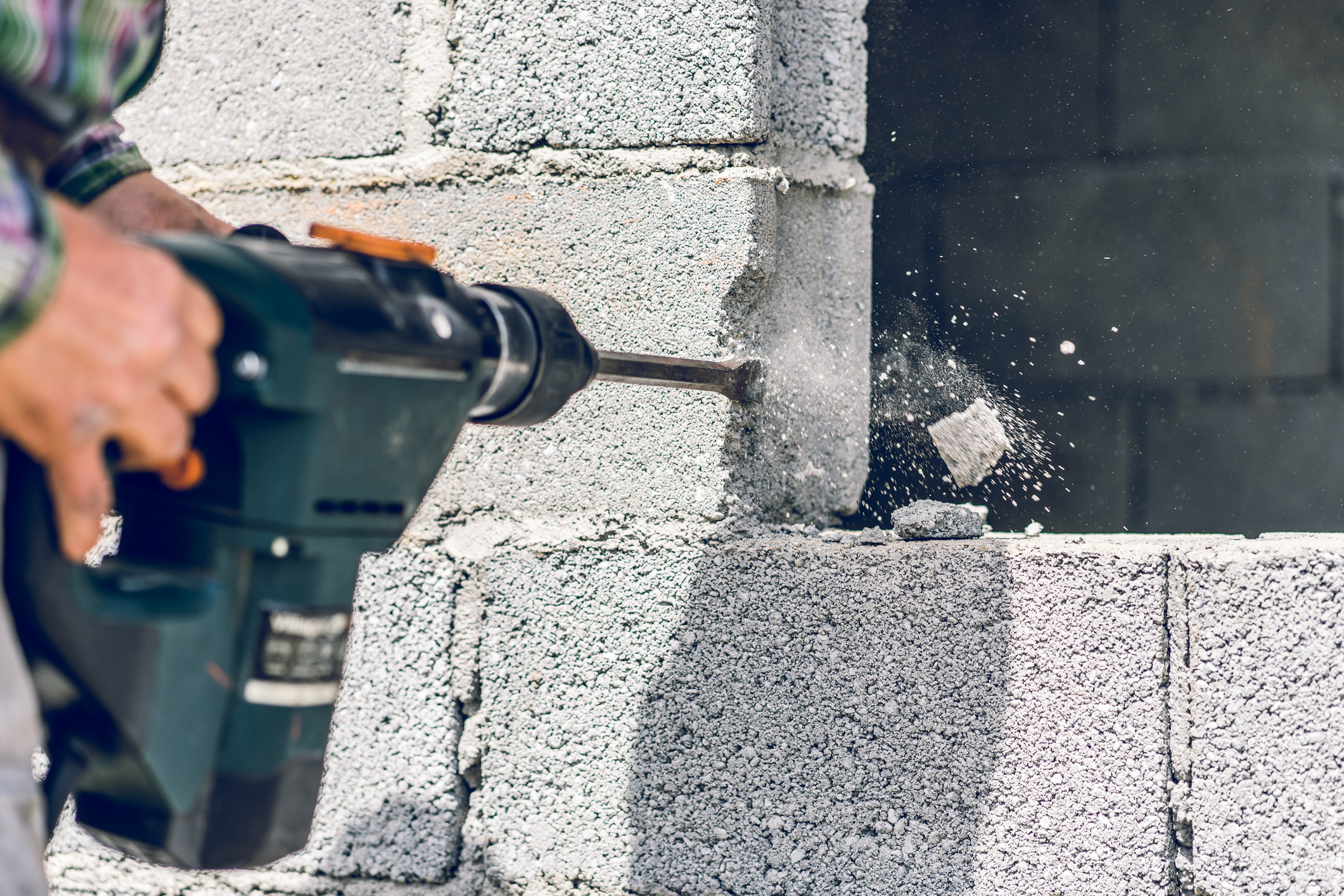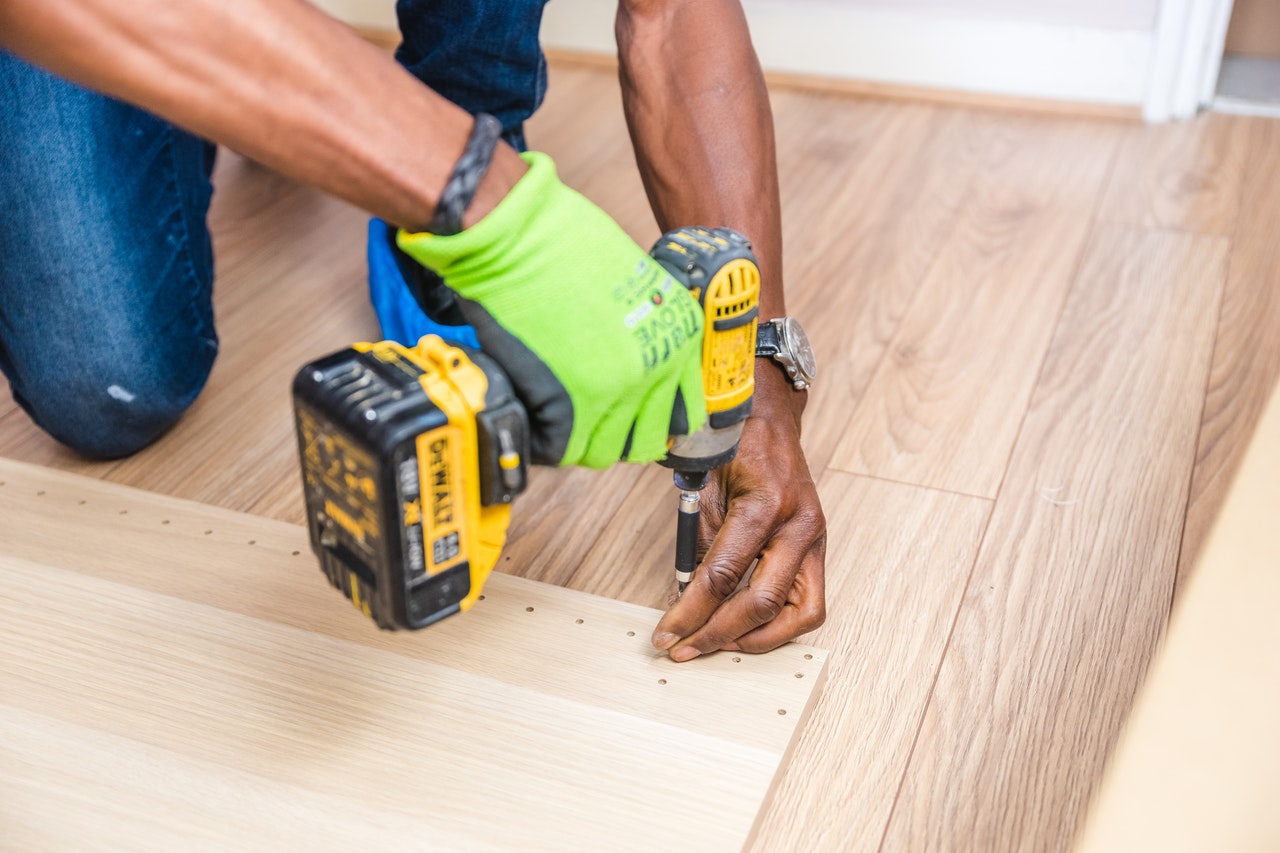Earthquakes are unpredictable, unpreventable, and they can cause unthinkable damage to your home. Structural damage, flooding, and fires all pose risks to your home’s structural integrity during an earthquake. If you live in a region with a high probability of earthquakes, you might want to prioritize earthquake-proofing your house when you start your home renovation project. Some proactive ways will help you minimize the damage to your home and maximize safety measures for you and your family. We’re going to discuss how to earthquake-proof your house so you can have a certain measure of peace and security the next time the ground starts to shake.
Retrofitting your home for an earthquake
If you live in an older home, chances are it could stand to have some earthquake-proofing updates. When it comes to structural integrity, a retrofit foundation tends to result in far fewer damages after an earthquake than a home that is not retrofitted. Here are some of the top ways you can retrofit your home to minimize damage.

Cripple walls should be braced
Cripple walls are wooden studs that provide support between the house’s foundation and the floor. In an earthquake, these studs can collapse and cause the floor of the house to come crashing down onto the foundation.
To retrofit your cripple walls, reinforce them by installing perpendicular wooden braces between the cripple walls. This will result in additional support for the cripple walls and reduce the likelihood that they will crumble during an earthquake.
Foundation anchors should be in place
In older homes, the mudsill, or the wooden layer directly above the house’s foundation, is simply resting on top of the foundation. In an earthquake situation, this means that your house could start to slide off of its foundation.
Bolting the mudsill to the foundation keeps the house adhered to the concrete foundation and prevents slippage and the damage such movement can cause to the whole house.
Addressing weak structures in your home
Some areas in and around your home are considered weaker than others when it comes to their vulnerability to the effects of earthquakes. These areas are known culprits of expensive home damages during earthquakes.

Garage walls
Garage walls, especially the one that shares the garage door, are notoriously weak. Since your garage holds many expensive items, like cars and other machinery, you want to be sure to do what you can to keep its walls intact.
Strengthen the walls of your garage by lining them with additional reinforced layers, like metal or wood, on both the inside and the outside. This will make it more difficult for the walls to crumble during an earthquake.
Roof
The roofs on many homes are made with heavy-duty materials like terra-cotta or brick. While strong and protective against the weather, these materials can cause a bit of a liability in an earthquake. The house is carrying the weight of the roof, so it’s working that much harder to hold it up during an unstable situation.
Consider replacing your roof’s materials with lighter ones like wood or aluminum. This will decrease the likelihood that the house will collapse under the weight.
Chimney
Brick chimneys are beautiful additions to any home. Unfortunately, they are also a big contributor to damages and injuries during earthquakes. The brick materials crumble easily and plummet down on the house and wreak havoc.
Consider re-modeling your chimney to include lighter materials like stucco. However, if you would like to keep the brick materials, consider shortening your chimney so that less heavy materials are used, and it is less likely to topple over.
Windows
Broken windows are a common effect of earthquakes. They are costly to replace, and they can pose a danger to you and your family during a strong tremor.
Consider replacing your windows with a non-glass material, like plexiglass, that is shatterproof and safer during an earthquake. If you don’t want to replace your windows, you can also cover them with a safety film to keep the glass pieces together, should the window break.
Water heater
Most water heaters carry hundreds of pounds of water at any given time. During an earthquake, this gargantuan tank can be dangerous if it’s dislodged from its location—it can spill its contents and cause a fortune in flood damage.
Consider replacing your traditional water heater with a tankless one to avoid the perils of injury and damage.
Updates to your home decor
You want to make your home reflect your style, but if you live in an earthquake-prone zone, you’ll need to be wise about decorating to prevent injury and damage during this kind of disaster.
Hanging decor
Use a stud finder to ensure heavy wall decor is anchored and bolted to a wall stud for added security.
Glass items
Stick glass decor items securely to tables and shelves with an adhering product.
Furniture
Large, free-standing furniture pieces like dressers, curio cabinets, and bookshelves should be bolted to the wall to prevent them from tipping over.
A serious earthquake is an unthinkable event. It’s as much damaging as it is dangerous, so you want to be sure to take extra measures for safety and security if you live in an earthquake-prone region. Earthquake-proofing your home by addressing foundational, structural, and other weaknesses could mean the difference between minimal damage and devastating recovery after a sizable earthquake.



